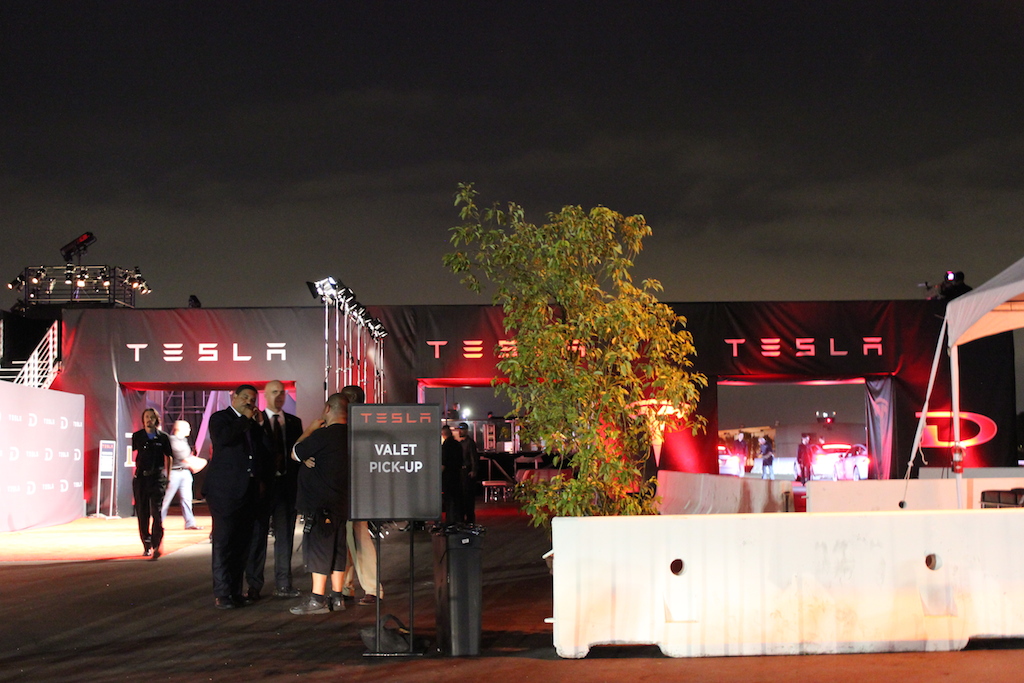Investor's Corner
Tesla Motors Secret Weapon: Thoughts and Lobbying Efforts
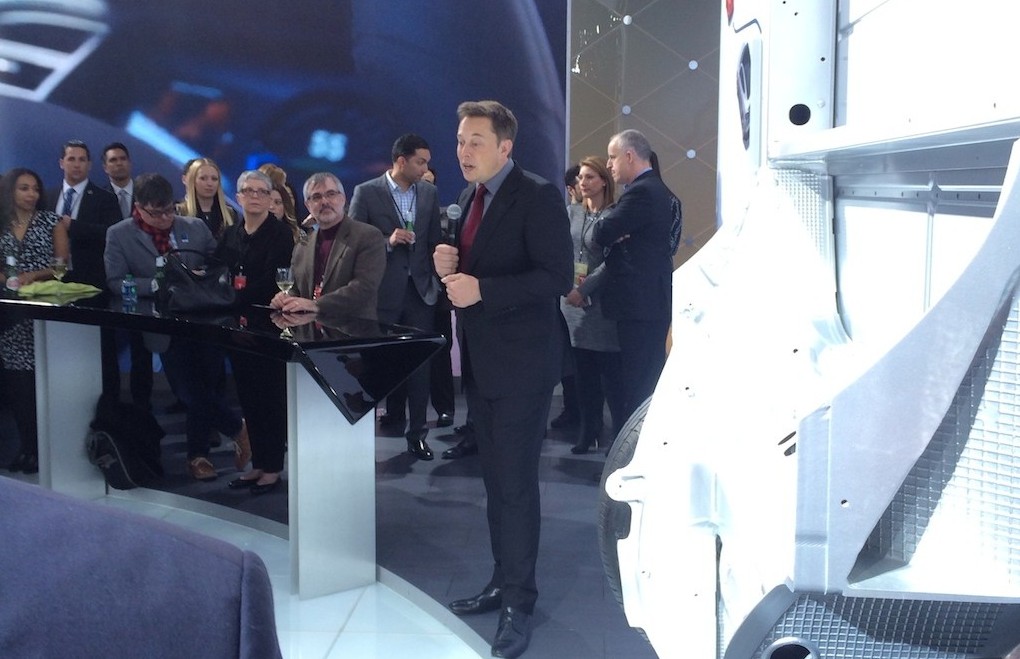
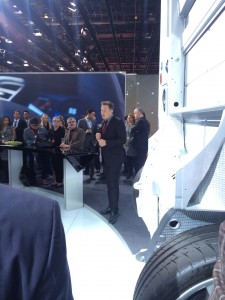
Elon Musk speaking to fans at the North American International Auto Show in Jan. of 2015. (Source: KmanAuto)
Release the hounds and engage the thrusters, Tesla’s 2015 dealer association battles are well underway this year in many states, such as New Jersey, Connecticut and Texas. According to the the Texas Tribune, Tesla Motors has spent between “$625,000 and 1.18 million on lobbyists in the state’s most recent legislative session.” In past legislative sessions, dating back to to 2013, Tesla has spent a much more conservative amount in the range of $170,000 to $370,000.
So how does an investor or an Tesla enthusiast view this current strategy by Tesla Motors? Maybe a more aggressive lobbying strategy should have been done earlier? Or is it good timing or has the Silicon Valley automaker decided it’s the right time to strike?
In 2014, Tesla Motors was an online monster, newsmaker, and discussion board darling. The news came fast and furious, with more superchargers, the new Model P85D, the gigafactory launch and a new machine component facility in Lathrop, CA. With this growth, Musk may have felt it was the right time for better PR and a fully-realized lobbying strategy with state legislators.
The waiting game’s timing seems to have allowed legislators and the dealers to over reach in 2015. A recent dealer association’s argument posits that Tesla might not be around (bankrupt) for the long-term and where will consumers go for service (they may have a point if all legislative bodies adopt anti-capitalism stances–Luddites).
Why lobby now? Maybe Musk saw the writing on the wall in late 2014 with Tesla’s lack of demand in China and knew increased demand for the Model S was probably needed for a big 2015 in the U.S.
>> Related News: Tesla Motors Reassigns Jerome Guillen to Customer Satisfaction position, restructures global sales departments.
In the most recent earnings call, Musk mentioned a “secret weapon against dealerships” as it related to global car demand and Tesla deliveries for 2015. One thing we know, this secret weapon isn’t a legal loophole, otherwise they would have used it by now, right?
With this in mind, I visited some Tesla Motors discussion boards to see what’s being suggested as this “secret weapon” against dealers? Some have suggested an updated battery technology, but Musk has pointed to the gigafactory’s supply chain for near-term innovation and dampened, in general, battery breakthrough ideas.
Others push the idea of more Tesla taxis or rental cars in play to get more “butts in seats.” However, I don’t see that as direct response to dealerships.
An interesting suggestion from “subhuman” (yep, that’s correct username) on the TMC discussion board mentioned “a lifetime warranty or extremely long warranty period” that could highlight the paradigm shift of electric car technology to the car-buying public. On the TMC board, ‘subhuman’ suggests, “Elon has always said that he wants to run the service center at a zero profit, what better then buying a car that you will never have to pay to have serviced.”
With a prolonged dealership lobbying strategy this year and this type of extended service proposal, car buyers will understand more of the electric car proposition. Even libertarians are seeing the raging hypocrisy (listen to Energy Gang, “Why More Tea Partyers Are Rallying Behind Solar”) over the issue of consumer liberties and the ability to buy a car or energy platform that suits their needs.
So does Tesla’s business model and dealer fight have legs beyond just car enthusiast sites, financial blogs and discussion boards? We’ll see.

Investor's Corner
Tesla bear gets blunt with beliefs over company valuation
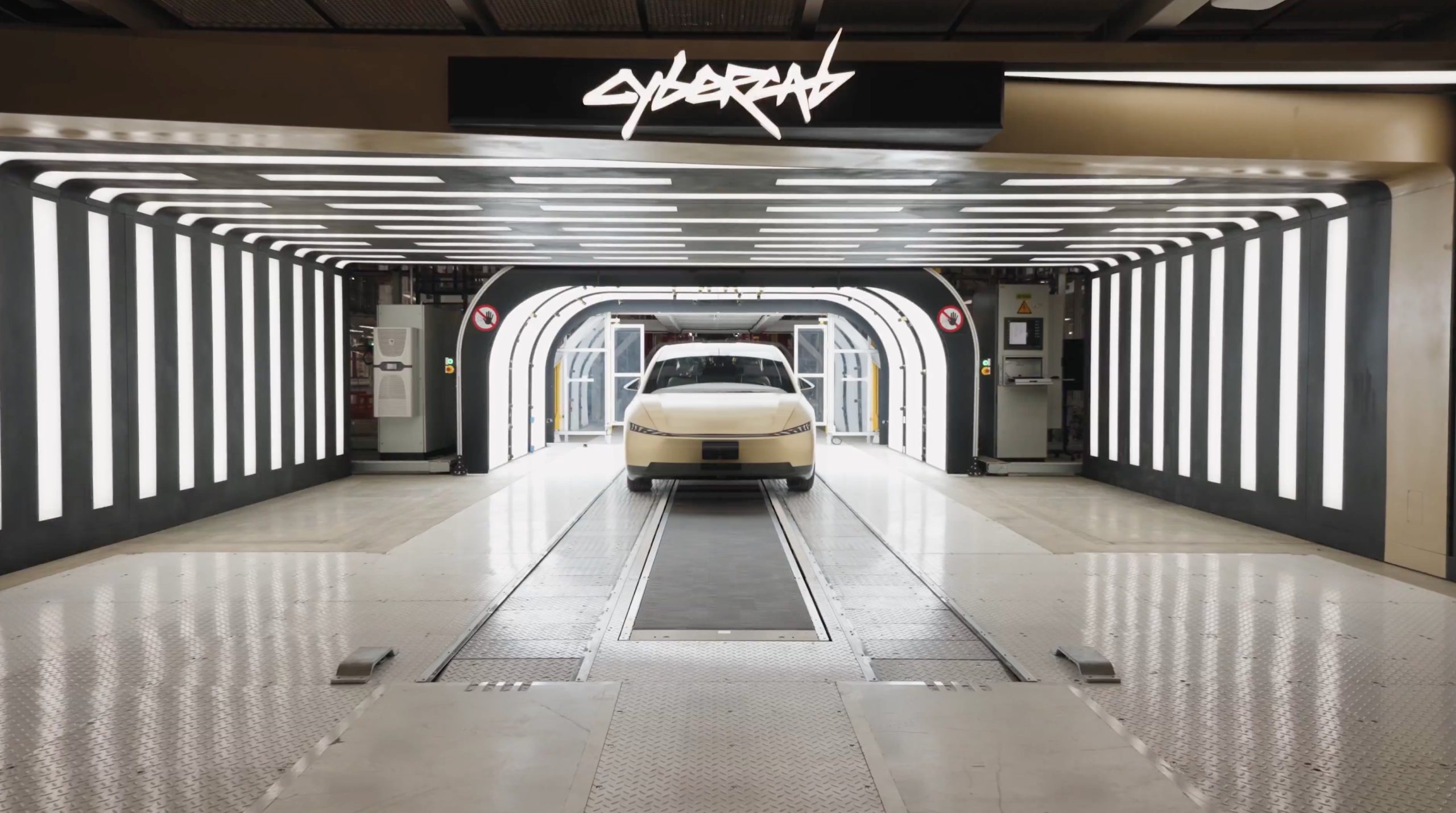
Tesla bear Michael Burry got blunt with his beliefs over the company’s valuation, which he called “ridiculously overvalued” in a newsletter to subscribers this past weekend.
“Tesla’s market capitalization is ridiculously overvalued today and has been for a good long time,” Burry, who was the inspiration for the movie The Big Short, and was portrayed by Christian Bale.
Burry went on to say, “As an aside, the Elon cult was all-in on electric cars until competition showed up, then all-in on autonomous driving until competition showed up, and now is all-in on robots — until competition shows up.”
Tesla bear Michael Burry ditches bet against $TSLA, says ‘media inflated’ the situation
For a long time, Burry has been skeptical of Tesla, its stock, and its CEO, Elon Musk, even placing a $530 million bet against shares several years ago. Eventually, Burry’s short position extended to other supporters of the company, including ARK Invest.
Tesla has long drawn skepticism from investors and more traditional analysts, who believe its valuation is overblown. However, the company is not traded as a traditional stock, something that other Wall Street firms have recognized.
While many believe the company has some serious pull as an automaker, an identity that helped it reach the valuation it has, Tesla has more than transformed into a robotics, AI, and self-driving play, pulling itself into the realm of some of the most recognizable stocks in tech.
Burry’s Scion Asset Management has put its money where its mouth is against Tesla stock on several occasions, but the firm has not yielded positive results, as shares have increased in value since 2020 by over 115 percent. The firm closed in May.
In 2020, it launched its short position, but by October 2021, it had ditched that position.
Tesla has had a tumultuous year on Wall Street, dipping significantly to around the $220 mark at one point. However, it rebounded significantly in September, climbing back up to the $400 region, as it currently trades at around $430.
It closed at $430.14 on Monday.
Investor's Corner
Mizuho keeps Tesla (TSLA) “Outperform” rating but lowers price target
As per the Mizuho analyst, upcoming changes to EV incentives in the U.S. and China could affect Tesla’s unit growth more than previously expected.
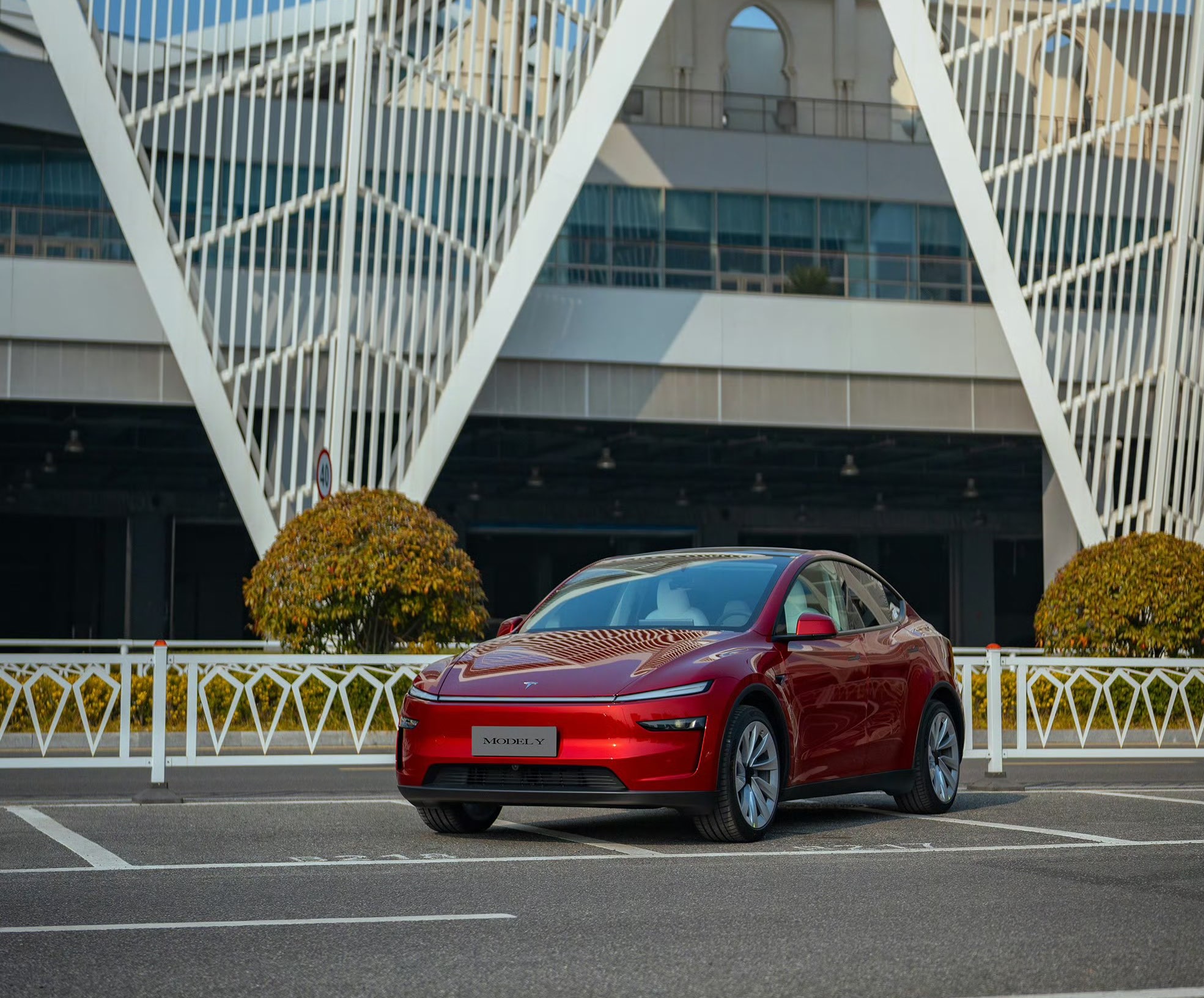
Mizuho analyst Vijay Rakesh lowered Tesla’s (NASDAQ:TSLA) price target to $475 from $485, citing potential 2026 EV subsidy cuts in the U.S. and China that could pressure deliveries. The firm maintained its Outperform rating for the electric vehicle maker, however.
As per the Mizuho analyst, upcoming changes to EV incentives in the U.S. and China could affect Tesla’s unit growth more than previously expected. The U.S. accounted for roughly 37% of Tesla’s third-quarter 2025 sales, while China represented about 34%, making both markets highly sensitive to policy shifts. Potential 50% cuts to Chinese subsidies and reduced U.S. incentives affected the firm’s outlook.
With those pressures factored in, the firm now expects Tesla to deliver 1.75 million vehicles in 2026 and 2 million in 2027, slightly below consensus estimates of 1.82 million and 2.15 million, respectively. The analyst was cautiously optimistic, as near-term pressure from subsidies is there, but the company’s long-term tech roadmap remains very compelling.
Despite the revised target, Mizuho remained optimistic on Tesla’s long-term technology roadmap. The firm highlighted three major growth drivers into 2027: the broader adoption of Full Self-Driving V14, the expansion of Tesla’s Robotaxi service, and the commercialization of Optimus, the company’s humanoid robot.
“We are lowering TSLA Ests/PT to $475 with Potential BEV headwinds in 2026E. We believe into 2026E, US (~37% of TSLA 3Q25 sales) EV subsidy cuts and China (34% of TSLA 3Q25 sales) potential 50% EV subsidy cuts could be a headwind to EV deliveries.
“We are now estimating TSLA deliveries for 2026/27E at 1.75M/2.00M (slightly below cons. 1.82M/2.15M). We see some LT drivers with FSD v14 adoption for autonomous, robotaxi launches, and humanoid robots into 2027 driving strength,” the analyst noted.
Investor's Corner
Tesla stock lands elusive ‘must own’ status from Wall Street firm
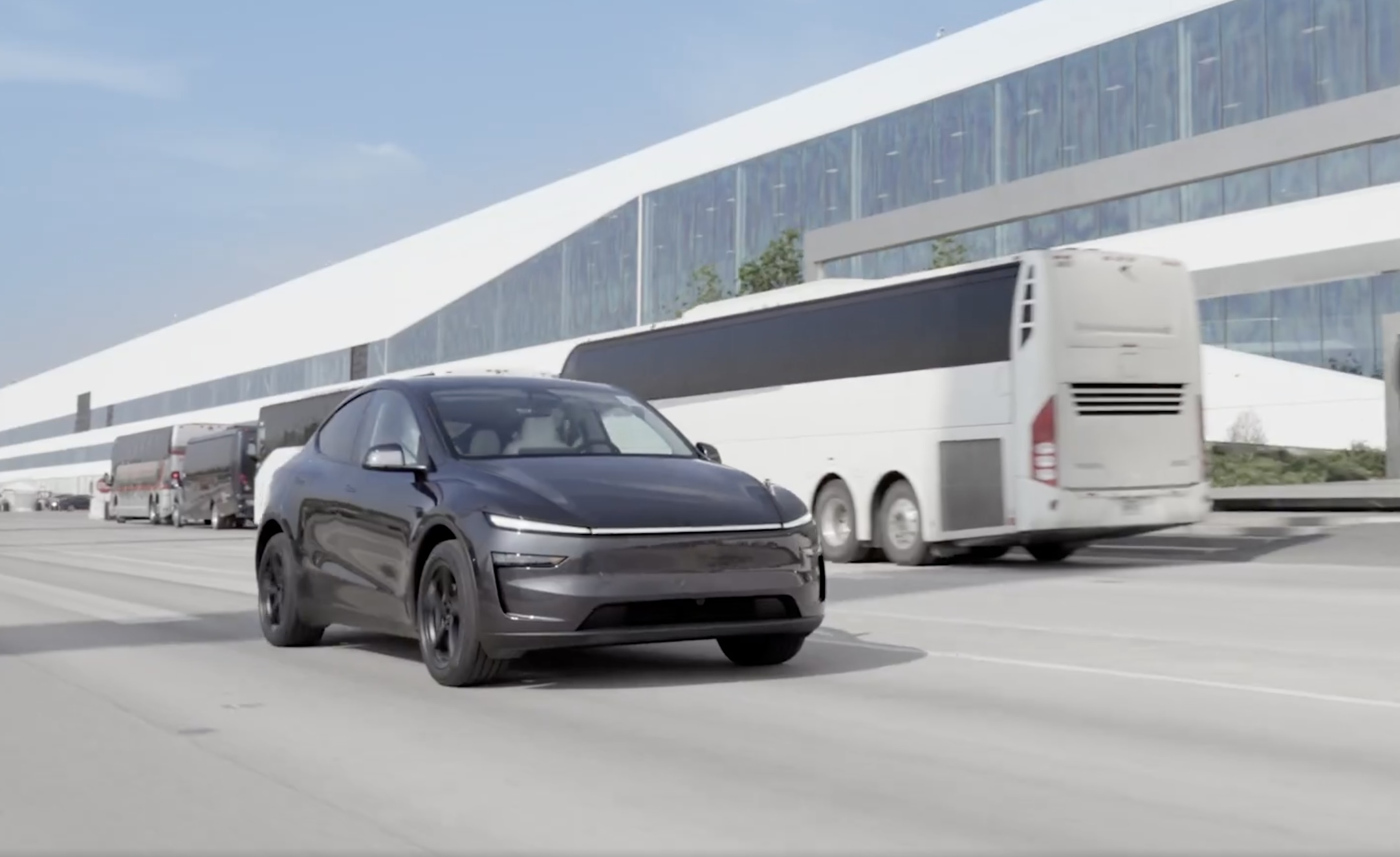
Tesla stock (NASDAQ: TSLA) has landed an elusive “must own” status from Wall Street firm Melius, according to a new note released early this week.
Analyst Rob Wertheimer said Tesla will lead the charge in world-changing tech, given the company’s focus on self-driving, autonomy, and Robotaxi. In a note to investors, Wertheimer said “the world is about to change, dramatically,” because of the advent of self-driving cars.
He looks at the industry and sees many potential players, but the firm says there will only be one true winner:
“Our point is not that Tesla is at risk, it’s that everybody else is.”
The major argument is that autonomy is nearing a tipping point where years of chipping away at the software and data needed to develop a sound, safe, and effective form of autonomous driving technology turn into an avalanche of progress.
Wertheimer believes autonomy is a $7 trillion sector,” and in the coming years, investors will see “hundreds of billions in value shift to Tesla.”
A lot of the major growth has to do with the all-too-common “butts in seats” strategy, as Wertheimer believes that only a fraction of people in the United States have ridden in a self-driving car. In Tesla’s regard, only “tens of thousands” have tried Tesla’s latest Full Self-Driving (Supervised) version, which is v14.
Tesla Full Self-Driving v14.2 – Full Review, the Good and the Bad
When it reaches a widespread rollout and more people are able to experience Tesla Full Self-Driving v14, he believes “it will shock most people.”
Citing things like Tesla’s massive data pool from its vehicles, as well as its shift to end-to-end neural nets in 2021 and 2022, as well as the upcoming AI5 chip, which will be put into a handful of vehicles next year, but will reach a wider rollout in 2027, Melius believes many investors are not aware of the pace of advancement in self-driving.
Tesla’s lead in its self-driving efforts is expanding, Wertheimer says. The company is making strategic choices on everything from hardware to software, manufacturing, and overall vehicle design. He says Tesla has left legacy automakers struggling to keep pace as they still rely on outdated architectures and fragmented supplier systems.
Tesla shares are up over 6 percent at 10:40 a.m. on the East Coast, trading at around $416.
